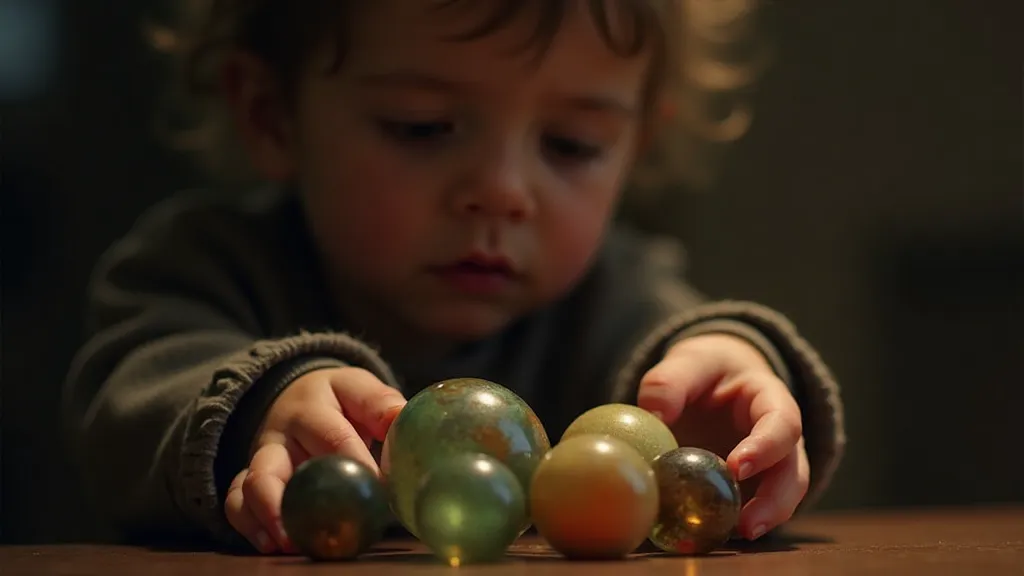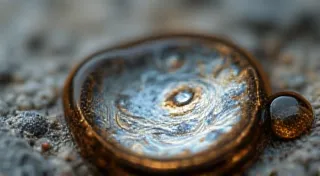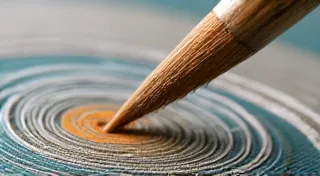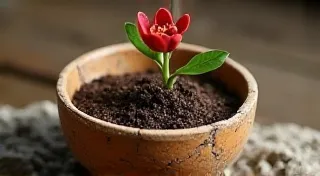The Weight of Memory: How Rarity Influences the Emotional Value of Marbles
For many of us, a single marble can be more than just a sphere of glass or clay. It can be a portal, a trigger, a tiny vessel containing the echoes of childhood laughter, the sting of a skinned knee, the warmth of a summer afternoon spent on the dusty streets with friends. But beyond the simple nostalgia, there’s something deeper at play when it comes to antique marbles - a profound connection between rarity, personal history, and the intrinsic emotional value we ascribe to these small treasures. This isn’t just about collecting; it’s about preserving fragments of time, tangible reminders of moments long past.
The world of marble collecting is rich and diverse. From the vibrant swirls of handmade glass to the earthy charm of clay marbles, each type possesses a unique history and appeal. But the pieces that truly resonate, those that command the highest prices and evoke the deepest emotions, are often the rarest – the ones that whisper tales of forgotten artisans and vanished eras.
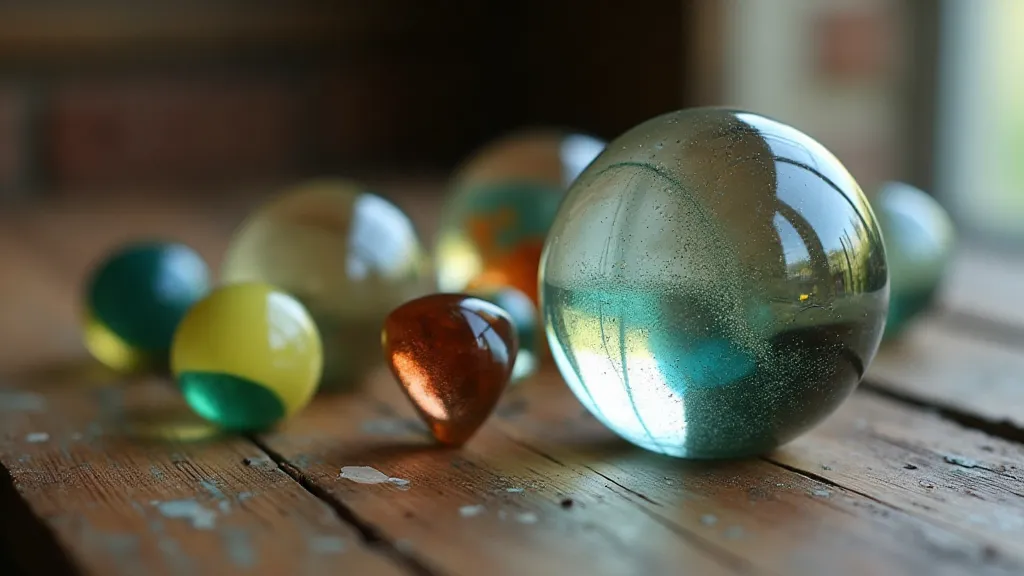
The Scarcity Factor: More Than Just Dollars and Cents
The simple economics of supply and demand dictate that rarity increases value. But with antique marbles, it’s more complex. It’s not solely about how many of a particular type were originally made. It’s about how many *survived* – ravaged by time, lost in the backyard dirt, broken and discarded. Consider the "clutter" marbles, hand-painted glass spheres often depicting animals or patriotic scenes. Their fragility meant many were casualties of childhood games. The meticulous detail and vibrant colors are breathtaking when you hold one in your hand, knowing how much artistry has endured.
This survival factor imbues rarity with a deeper meaning. A rare marble isn't just valuable because it's scarce; it's valuable because it represents a *miracle* – a testament to the resilience of artistry and the enduring power of human creativity. Each crack, each tiny imperfection, becomes a character mark, a silent narrative of its journey through time.
A Tapestry of Personal History
The emotional value of a marble is frequently interwoven with personal history. Perhaps your grandfather collected marbles, and a particular piece – a swirling “agate” marble – brings back vivid memories of sitting at his knee, listening to his stories. Or maybe a chipped “commie” marble reminds you of a childhood friend, a shared moment of discovery in a forgotten corner of the neighborhood. These aren't just marbles; they’re keys unlocking cherished memories.
I recall hearing from a seasoned collector, Mr. Abernathy, who meticulously cataloged his collection of sulphide marbles – marbles made with a core of coloured glass depicting miniature scenes. He explained that a seemingly unremarkable "fox sulphide" marble was actually a gift from his late father, a quiet, unassuming man who rarely expressed his affection verbally. The marble became a tangible representation of that unspoken bond, a constant reminder of his father's love and a source of immense comfort. For Mr. Abernathy, the marble’s monetary value paled in comparison to its personal significance.
The Craftsmanship Echoes Through Time
Antique marbles are testaments to a different era of craftsmanship – a time when artisans poured their skill and passion into handmade objects. Unlike the mass-produced glass spheres of today, these antique marbles bear the fingerprints of their creators. You can see the subtle variations in shape, the unique swirls of color, the slight imperfections that reveal the human hand at work.
Consider the “bronco” marbles – opaque, typically brown or black glass marbles often exhibiting a distinctive surface texture resembling a horse's hide. They were painstakingly crafted by skilled glassblowers using techniques passed down through generations. Holding one, you can almost feel the heat of the furnace, hear the rhythmic clang of the tools, and imagine the artisan meticulously shaping the molten glass.
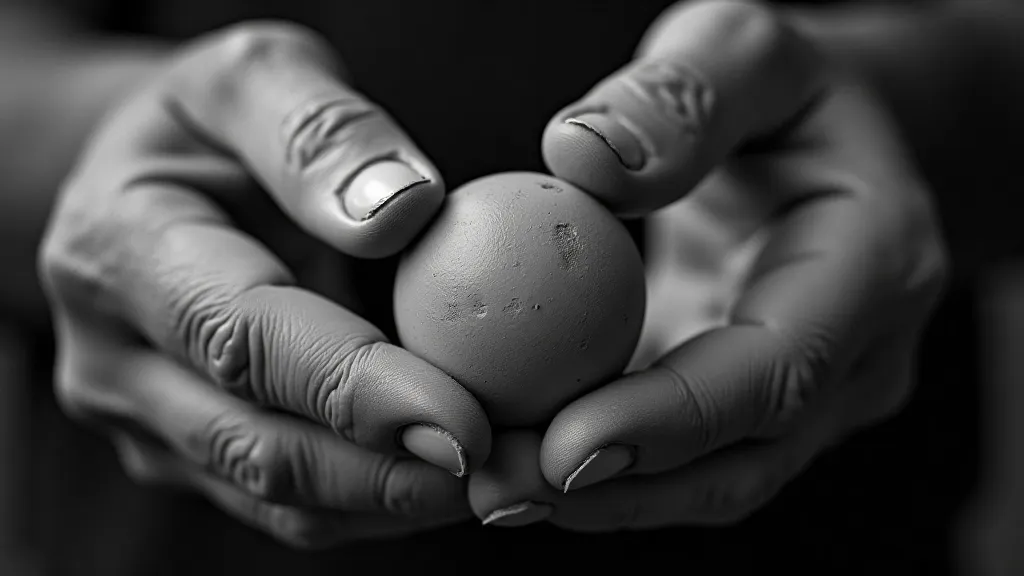
Restoration and the Ethics of Preservation
The question of restoration inevitably arises in the world of antique marble collecting. While cleaning a marble to remove decades of grime is generally accepted, more extensive repairs – filling cracks or replacing missing sections – are often viewed with skepticism. Many collectors believe that imperfections are part of the marble's history, contributing to its character and authenticity. A pristine, “perfect” marble can feel sterile, divorced from its past.
The ideal approach lies in preserving the marble’s integrity while stabilizing any structural weaknesses. A seasoned restorer understands that the goal is not to erase the marble’s history but to ensure its survival for future generations. It’s about respecting the artifact, acknowledging its journey, and allowing it to continue telling its story.
Beyond the Collection: A Legacy of Connection
The enduring appeal of antique marbles transcends mere collecting. It’s about connecting with the past, preserving a tangible link to our heritage, and fostering a sense of wonder and appreciation for the artistry of bygone eras. These small spheres hold a unique power to evoke memories, spark conversations, and remind us of the simple joys of childhood.
The weight of memory associated with rare marbles isn’t simply about scarcity; it’s about the profound human connection that these objects represent. They are vessels of emotion, tangible reminders of moments that shaped us, and legacy we can share with those who come after. They're not just marbles; they're fragments of time, whispering stories of a world that once was.
